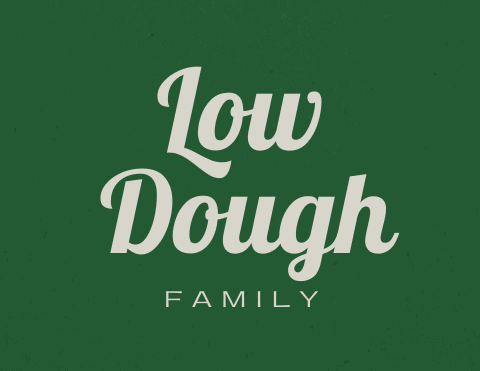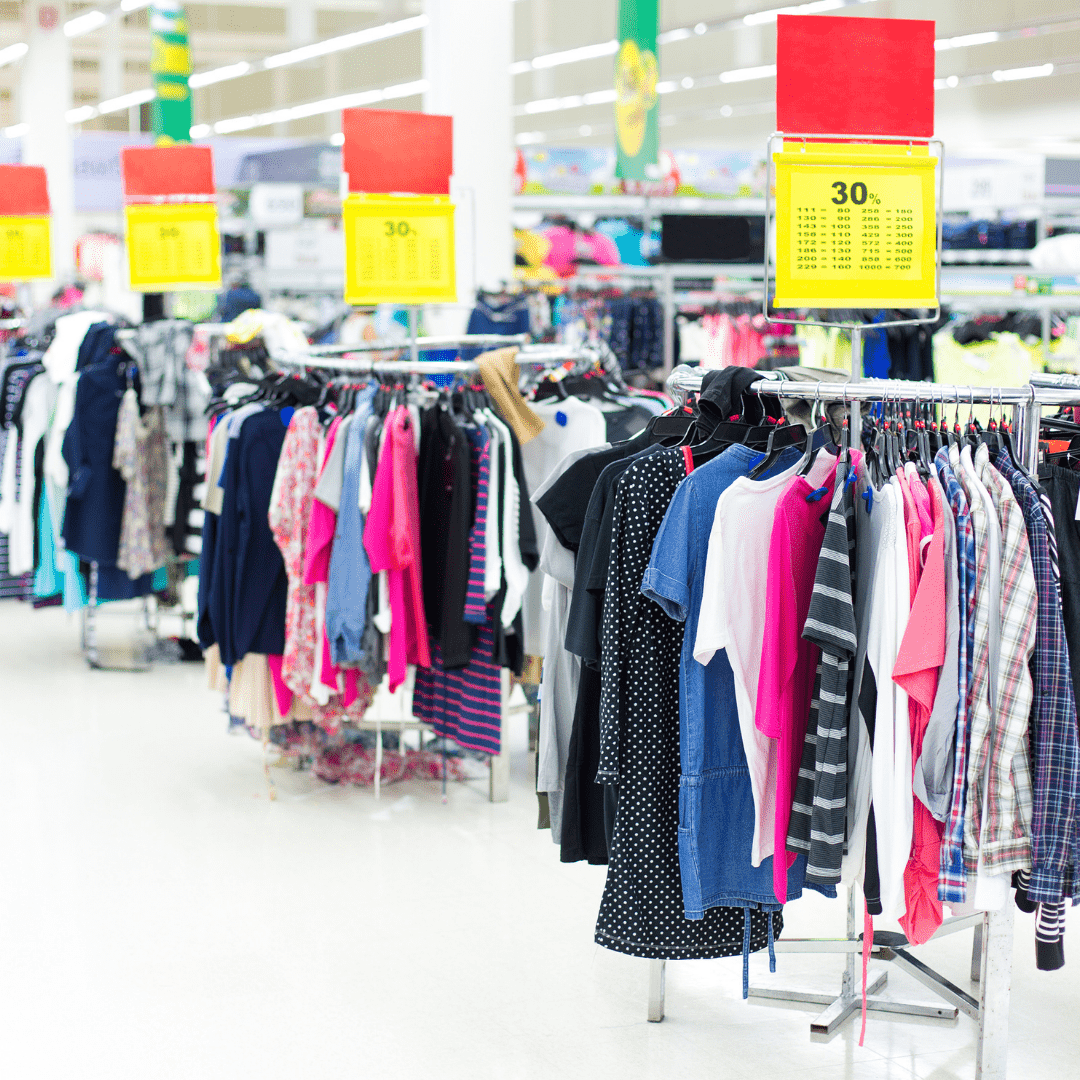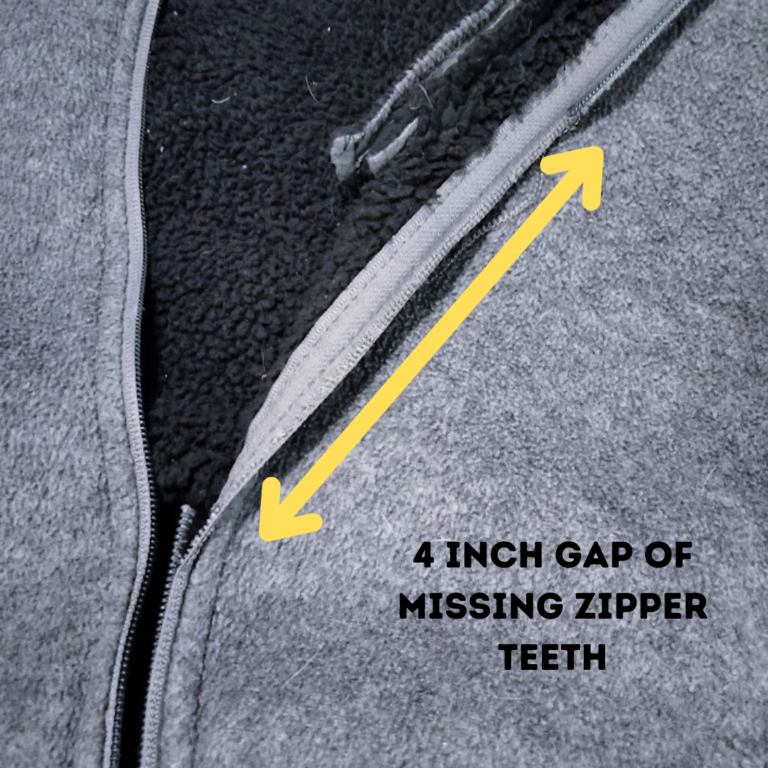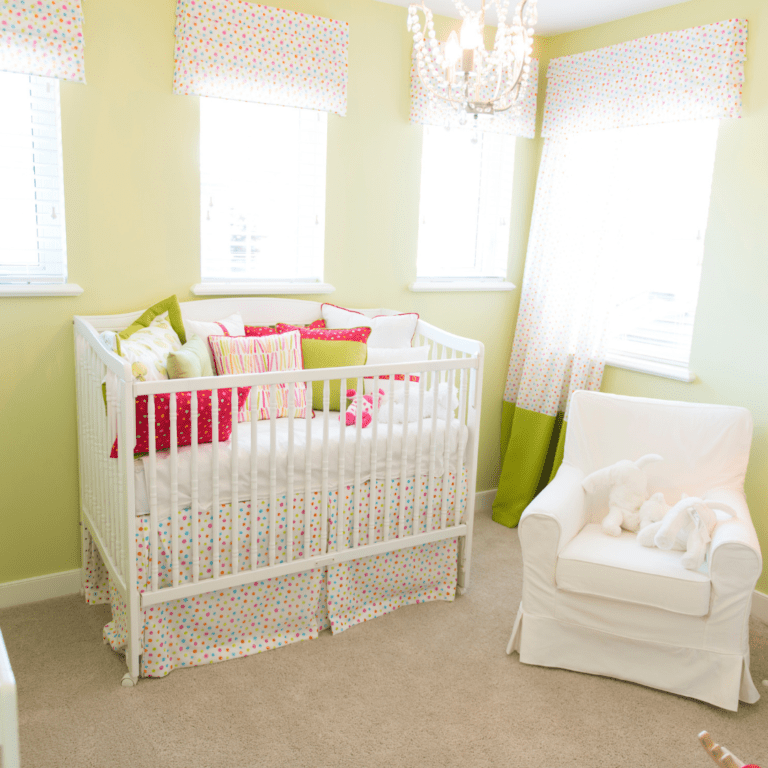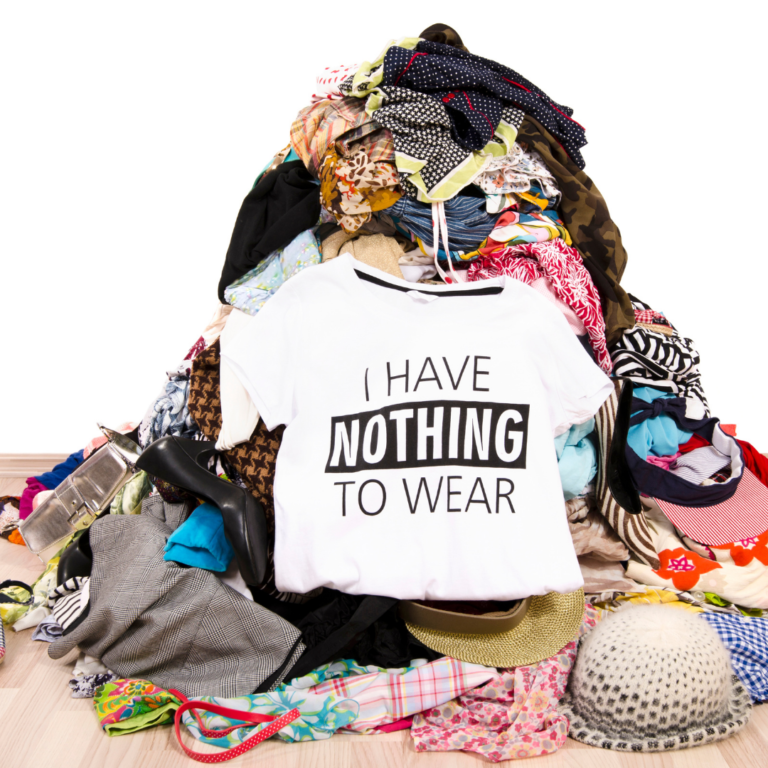What is an outlet store?
As more and more Americans are trying to spend less and less on wants and focus more on needs, outlet shopping is becoming more popular. Who doesn’t want to spend less on brand name merchandise right?
Before you start outlet shopping it is important to know exactly what makes a store an outlet store, where outlet stores get their merchandise, what outlet stores are for, and the reason retailers have outlet stores. This information can help you decide if the savings at an outlet store is worth it to you rather than pay full price.

What makes a store an outlet?
Outlet stores first started in the US in the 1930s and were a way to sell off damaged or extra goods at a very low price. If a retailer over ordered an item like a sweater and it didn’t sell as expected, they would send the sweaters to an outlet store to be heavily discounted.
This was a way for the retailer to make money on an item that didn’t sell well or that they just had so much extra of that was taking up valuable space in their retail store.
Retail stores also used outlets to get rid of items that didn’t meet quality standards, were not the right color, or had a defect like bad stitching or they ran out of a certain button type.
The whole point of the outlet store was to make a little money off items that they couldn’t sell in their main brick and mortar stores. A fancy retailer does not want to sell items that do not meet their strict quality standards, but they also don’t want to lose money on something they have already paid for and had produced.
Retailers would rather make a few dollars on an item, than not make any money at all. They would utilize an outlet store to sell the merchandise that wasn’t appropriate for their main retail store.
If retailers don’t utilize outlet stores, they will have to dispose of their merchandise in other ways and it usually involves destroying the items. This means they lose money on the cost to design and produce the wasted merchandise.
Where do outlet stores get their merchandise?
Up until the 1970s, the merchandise at outlet stores were items from the main retailer and were usually overstock or damaged inventory. In the 1970s, retailers realized that these outlet stores were making a lot of money and selling to more people that were looking for a bargain.
In order to capitalize on this new found market share, retailers started to make merchandise specifically for outlet stores. This made specifically for outlet store merchandise would have the same or similar brand name, but be sold for much less than similar items found in the main retail store.
Nordstrom is a high end department store that famously started making specific outlet store lines. They saw the success of selling off clearance and overstock at the outlet store, so to capitalize on this profit generator they made cheaper product lines specifically to sell at the outlet store.
For example, if they noticed that real leather platform sandals were selling well within their main retail stores, they would make a version with pleather or plastic to sell at the outlet store. This not only became very profitable, but it also allowed people with lower budgets to buy a higher end brand at a lower price point.

What are outlet stores for?
To truly understand what outlet stores are for, you will need to understand price points. For example, if you go to any section of a grocery store, you will see a high end option, a medium option, and a low end option.
Most major retailers and high end brands sell their own high end option at their own stores. This allows them to target those with a higher disposable income that want to specifically buy their brand.
This looks similar to small boutique where the retail location is smaller and typically focuses on one product category. An example of this is a Hermes retail store that only sells handbags and products in the accessories category. These items are the most expensive, are not mass made, and are available at a very limited amount of retail locations. In 2020, there were only 306 Hermes retail stores in the whole world.
The medium option is what is usually available at department stores. These are giant stores that sell multiple categories of products. An example of giant retailers would be JCPenneys and Sears.
These department stores cater to a much bigger audience and offer goods at a more affordable price than the high-end option. These items are going to be massed produced and sent to thousands of retail store locations. In 2020, there were around 6,300 department store locations in just the United States.
As changes occur in the world of retail, the number of high end stores and department stores has been declining for years. For instance, Hermes had 328 stores in 2011 and there used to be 7,930 department stores in 2016. As these high end and middle option stores decline, the low end option is rising.
As of 2021, it is estimated that there are more than 22,600 outlet stores just in the US. That number has been steadily growing over time. What does this mean?
Less people are shopping the high-end and the medium option, and more people are shopping at the low-end option. In order to capitalize on this trend, more and more retailers are offering a low-end option like outlet stores.
In general, outlet stores are a way for retailers to target bargain shoppers and sell more to the masses instead of selling fewer higher end options at a higher price.
Why do stores have outlets?
Not every high end or medium retailer has an outlet store. Some major names want to keep their brand as a high-end item only.
These companies like Yeezy or Gucci want their brand to be only available to people willing to pay a high price tag. Unfortunately, by doing this, they take on more risk in their business.
This means that if an ultra-high-end retailer releases a new collection that doesn’t sell well or misses on fashion trends, there business absorbs all the cost of bad decisions. Most of these companies would rather destroy the product then to sell it at ultra-low prices.
Now other businesses like Lord & Taylor and Nike are high end names, but they diversify their selling strategy. They offer their brand name to all levels of price points in order to make sure their company is making money.
If one side of their retail strategy fails, the rest of the price point options can make up the difference. Companies that sell at multiple price points ensure that their company will continue to grow and continue to make a profit.
Major high-end retailers usually open stores or boutiques in high end urban locations in major cities like New York City and Los Angeles. These locations cost a lot of money to build and maintain.
Department stores that offer the medium option are usually in large suburban locations like shopping malls and can be very expensive to rent and maintain as well.
Outlet stores are located outside of urban and suburban locations and tend to be located in more rural areas that are cheaper to build and maintain locations. Outlet stores are typically grouped together in large outlet malls that attract a lot of consumers to one location.
Outlet stores are also usually designed in such a way to get the most amount of merchandise to display for sale. Where a small boutique in a high-end retailer will have lots of space and little merchandise, an outlet store is usually a large location with lots and lots of merchandise.
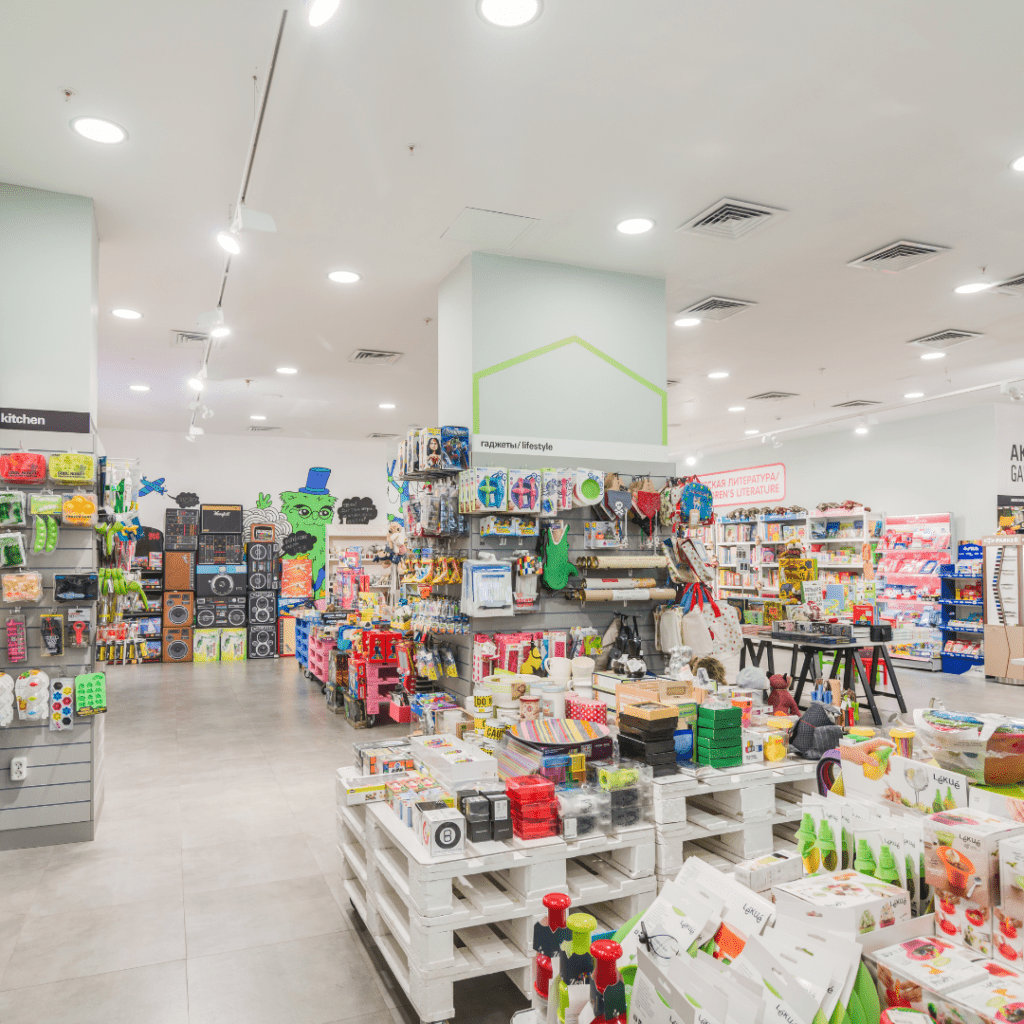
How do outlet stores make money?
Outlet stores are super profitable due to their location and their merchandise. We already know that their merchandise comes from either items that can’t be sold at the main retail store or are made specifically for the outlet location.
This means that their inventory cost is much lower than the main retail location. They are also located in cheaper areas to build and rent, so their overhead costs are low.
This means that the average outlet store has a low inventory cost and a low overhead cost. Retailers can make a huge amount of profit because their costs to sell goods are lower at these outlet locations.
Even though they sell items at a lower price point, they sell much more items than the middle and high-end option. They also do it at a much lower cost to the retailer.
At one point, 60% of all the sales of the brand Coach were made at outlet stores. Unfortunately, when your high end name becomes known for a low-end price this can cause issues for the brand. Coach has since decided to scale back on its outlet store sales strategy and now is focusing on online sales which also has fewer overhead costs than its main retail locations.
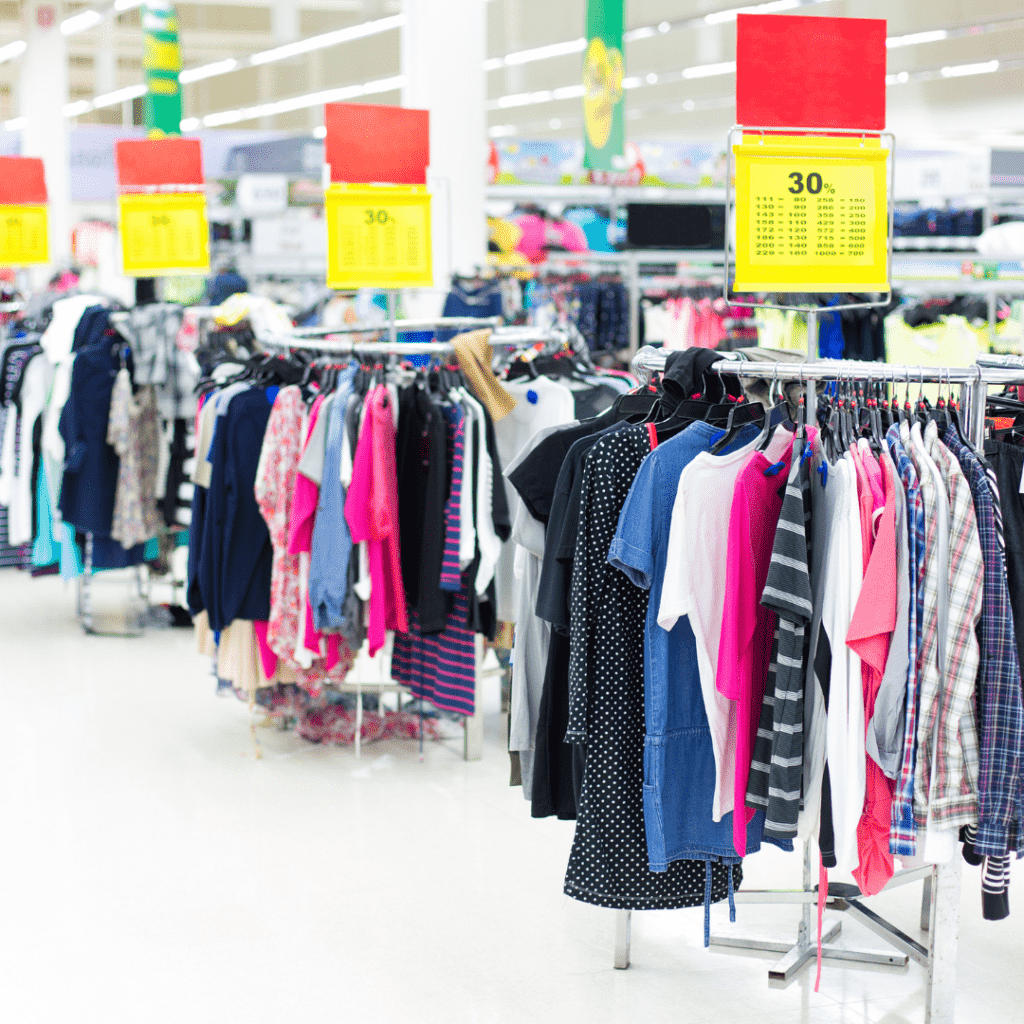
Why shop at outlets?
Outlet stores are a good way to buy brand name items at a lower price, but keep in mind the items that you buy are not only cheaper in price they may be cheaper in quality.
Most items that you buy at outlet stores are specifically made for outlet stores, so the super cheap high-end handbag you buy is not usually the same bag that you will buy at the main retail location. To find out more information, go check out “Are Outlet Stores the same quality?“.
It is estimated that 85% of the inventory at outlet stores are made specifically for that outlet store. So only a small quantity of the merchandise will be the same high quality that is seen in their main retail locations.
If you specifically like a certain name brand item of clothing, then shopping at outlet stores can save you a lot of money on name brand items. To find out more information about outlet shopping, check out “Are outlet stores cheaper?”.
